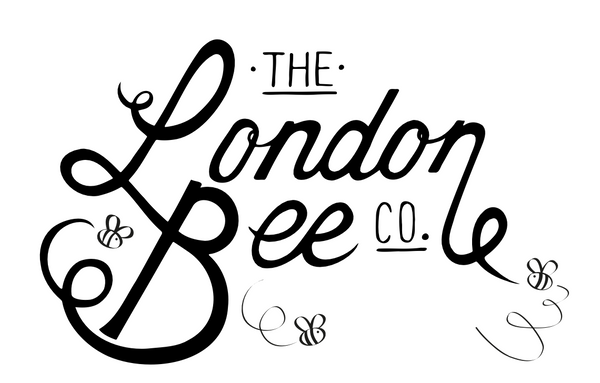Bee Pollen Collection
•Posted on April 12 2015

Bee Pollen
The good weather seems to have turbocharged the bees. After my weekly inspection I found the hives full of pollen. This got me thinking, I had bought a pollen trap a year ago and never used i! I decided to give it a go and put it on the strongest colony to see if i could successfully collect some pollen.
Initially, the bees were very confused when they came across the new entrance and clustered on the face of the hive. After about 20 minutes, they started using the new entrance and going through the trap doors. I had put the trap on in the evening, so the bee traffic highway had died down. They had deposited a few pollen grains so I will give it 24 hours before taking off the trap.
Just as an indication, here is a picture of the pollen collected after a short time – looking good so far!!
I don’t really want to leave the trap on for too long, so I’m not taking too much pollen from the colony. If successful I’ll most likely cycle the pollen collection between hives , and have some available on the website for those who want some.
Tasting the pollen is quite an interesting experience, I found each grain tastes different, with all of them having an underlying sweetness. I suppose each pollen ball comes from a particular flower type, the colour and taste will vary depending on the flower the bees are foraging at that particular time. On that note I’m hoping that as the little guys start foraging in different areas, we will get a wider range of colour in the pollen harvested.
So what’s the big deal about bee pollen?
Bee pollen consists of plant pollens collected by worker bees, combined with plant nectar, and is a great concentrated high quality nutritional source for the bees. It is rich in vitamins, minerals, trace elements, enzymes, and amino acids, and contains approximately 30% protein, 55% carbohydrate, 1% to 2% fat, and 3% minerals and trace vitamins. Vitamin C concentrations of 3.6% to 5.9% have also been found in some pollen samples. Naturally, pollens vary according to the geographical location and the flowers in those areas.
How Do You Take It?
One Bee Pollen granule is actually made up of 4-10 million pollen grains. The outer shells of the grains are very tough and if consumed directly the body can only absorb around 1-8% of its nutrition. As a result it’s recommended to soak the bee pollen for 7-13 hours in something like yogurt, fruit juice, or even a bit of water. While it’s soaking, just leave it in the fridge.
WARNING: For people who have pollen allergies, there is a risk of severe allergic reaction if consumed, although it is possible to gradually build up tolerance by progressively increasing dosage, if you have never taken Bee Pollen before, just start with one or two unsoaked pollen grains and let them dissolve under your tongue. Build up the amount over a few weeks before consuming as indicated above. Apparently this procedure can help treat hay fever, but I’d recommend speaking to your GP first about trying something like that!
I’ll update the blog on how the collection went, and I’ll take my camera with me this time so I can post some photos of the bees going through the traps
More Posts
-
The Beauty of Honey...
Ever wonder what we do with our honeycomb? this is a little information of how we process all that leftover beautiful honeycomb
Read More -
The Art of Beeswax ...
Step into the world of BEESWAX CANDLESTICK making, where you’ll not only craft exquisite, eco-friendly candles but also unlock the secrets of beesw...
Read More





